Text and photos by Nina Hove.
Narrative development is refused, we are compelled to dig below the visible surface of the picture, to consider the layers of time and experience embedded within it, and to reflect upon the structures and forces which shape everyday life.
James Lingwood1
The bookwork entitled “Moon” is a representation of four years of photographic work, which explores the complexity and seeming randomness of the everyday and the vernacular whilst rejecting any presupposed narrative structure, allowing a form of visual poetry to take hold of the viewer. It is a personal, diaristic examination of fragmentary personal experiences brought together within the context of a book. This work examines the relationships and interactions that images have with each other and in relation to their audience, whilst giving importance to an experiential value within the work that unifies the images into a whole both for myself and an audience. Bringing together these fragmentary experiences rather than seeing them as singular moments, as a sensitive and provocative engagement with the world at large.
The real voyage of discovery consist not in seeking new landscapes, but in having new eyes.
Marcel Proust
“Moon” reflects on my perception of the vernacular. How this can be represented through photographic imagery. It is a way to remember, to reflect and to capture time within the photograph.
“Trying to dance” by JH Enström is a book that has influenced my activity within “Moon”. I first witnessed this book as a stark contrast to conventional hangings within a gallery context at Paris Photo in 2008, where the book stood alone. It offered the audience a more personal moment with the work, an intimate experience that includes many varying styles, nature contrasted with people, very naked, very straight forward. The many aesthetics in the book were also a reflection of my own feelings, changes throughout the day and life itself, like changing states of emotions, it is hard to hold one particular position or define its meaning. Conceptually I wanted my images to work together in this way. When images are juxtaposed together, contexts, readings, and narratives can change. Unlike written text, a visual narrative allows the ‘reader’ more room for personal interpretation. Bringing the story from each picture (or group of images) together generates new narratives. These captured moments create a space where collective memory can mingle with a subjective consciousness to create a highly individual experience of the work, which is what I set out to achieve within “Moon”.
We need photographs to visualize what lies both before our eyes and behind them. Moments are frozen in time as reality is transformed onto the surface of the photograph. It is a way for me to steal time and to immortalize moments that are worth keeping. I use the camera as a tool to see and reflect on everyday situations, the people around me, and surroundings that make a significant impact on me.
Even the most uninteresting, ugly, or boring places can for an instance become magical to me.
William Eggleston2
The order and positioning of images within the book are consciously planned in the editing process to exploit the potency of certain elements such as binary dualities, the use of humour within associations or the use of the white space within blank pages. These, I feel, are essential characteristics of Moon. Using relationships between visual forms to insinuate open narrative contexts and to initiate a distinctly personal style that can serve as a personal photographic therapy. Each viewer should therefore be able to take away what they want from the reading.
There is no better souvenir, it seems, than the self made photographic picture, which is meant to preserve individual memories from individual moments of an individual life. The universal success of this picture taking, memory storing activity has, in the manner of supplement (the true supplement, perhaps, of our life world), supplanted what it is supposed to subserve, memory as well as its content, “life”.
Anselm Haverkamp3
“Moon” functions, for me, in what Barthes refers to as the souvenir or the supplement as a way of accessing memory through association. The images in the book act as a collection of memories and personal reflections on the world and my surroundings, that once combined within the pages, become more grounded within real life. They become an account of a life lived, a succession of moments that can be read as a personal visual diary. The audience can then interpret it as their own supplement or souvenir for a reflection on the vernacular. In the words of JH Engström:
I prefer to think of an audience of visual readers rather then viewers.
Japanese Photo books of the 1970’s such as Daido Moriyama’s “Stray Dog” or “World Through My Eyes” have an intense visual style which appears to be an very intuitive way of photographing, without so much regard for composition but more about feeling his way into the images and allowing this to express the tumultuous condition of the urban experience. His focus lies not only within street photography but goes across a wide subject matter that is highly personal referring to his own activity more like the ramblings of a stray dog. His raw style had a strong influence on my perception of visual poetry within photography and photobooks and how images can be arranged and manipulated within a book context to form loose and enigmatic narratives. These books offer a succession of questions rather than pointing to a series of neat answers. This way of working is in strong accord with how I envisaged “Moon” with qualities of seeing, feeling and responding to both the images and toward life itself.
Another influence on my work comes from the other side of the globe, where William Eggleston is documenting the vernacular through a personal photojornalistic journey in colour photographs. These moments of lived fragments re-presented side by side in his books, has long inspired me to look further behind the landscapes and for a deeper meaning of the object, to use metaphors to refer to other landscapes, people or moments. The vibrant, emotive colours and a democratic approach to picture taking where everything is worth photographing.
Pictures that embody this calm are not synonymous, of course, with what we might see casually out of a car window (they may, however, be more effective if we can be tricked into thinking so). The form the photographer records, though discovered in a split second of literal fact, is different because it implies an order beyond itself, a landscape into which all fragments, no matter how imperfect, fit perfectly.
William Eggleston4
The way of presenting the selected images within the bookform was important for me, as the book represents the physicality of the images whilst being a physical object itself, this in turn lends the work an auratic quality. Another important element of the book form is the invitation to a deeper, altered, reflexive reading of the work in comparison to viewing the work within the context of the white walls of the gallery space. The relation which the audience has with the images becomes entirely different. ‘Moon’ can be experienced in many situations. The audience or ‘reader’ is physically close to the book, the setting is highly intimate, where image can meet viewer face to face and arouse a personal experience, read like a novel without conclusions, only questions.
For more informations and photos, please visit Nina Hove homepage.
- Lingwood, J. The epic & the everyday. Art Books intl. London. [↩]
- Eggleston, W. Image makers image takers [↩]
- Haverkamp, A. (1993) The memory of pictures, Barthes, R. and Augistine on Photography pp. 258. Oregon: Duke University Press. [↩]
- Yale. (2009) Denver, a Photographic Survey of the Metropolitan Area. Yale University Press. [↩]


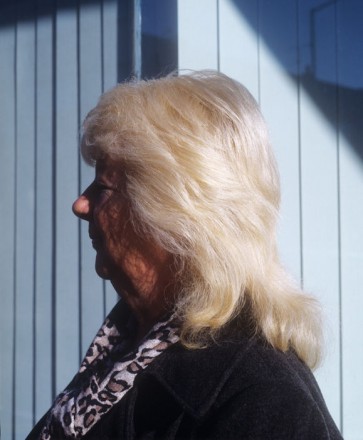
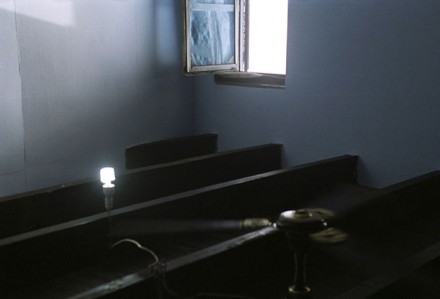
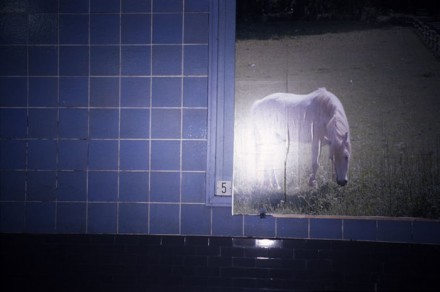
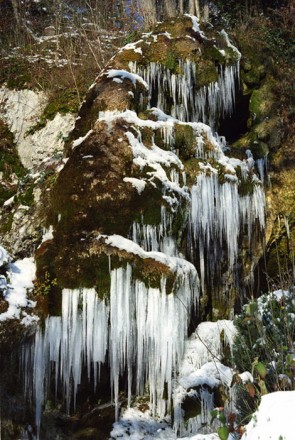
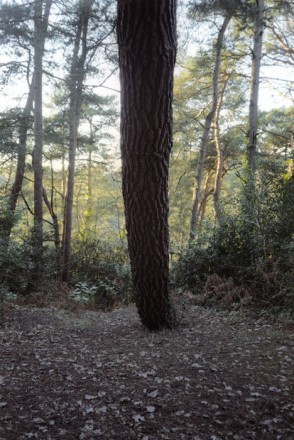
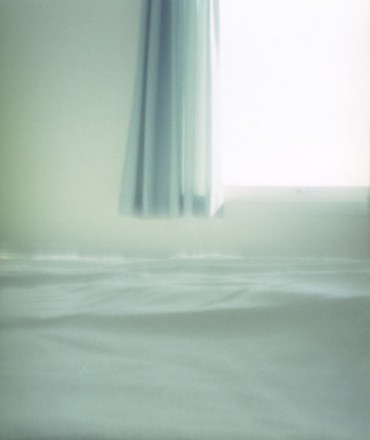
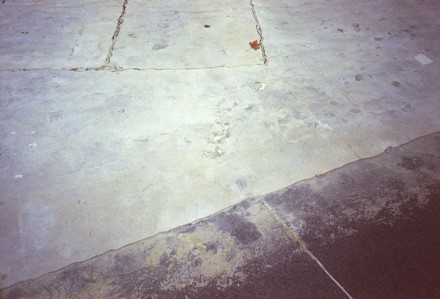
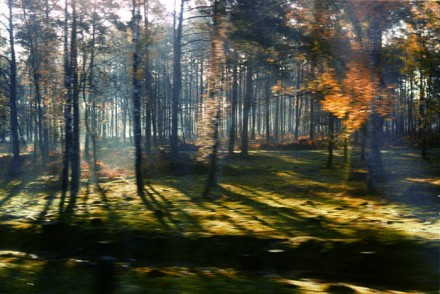
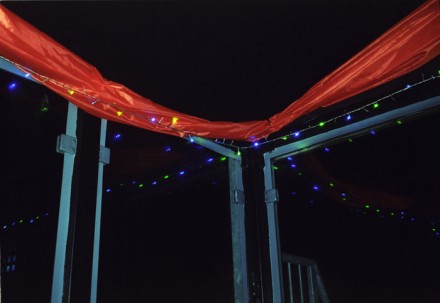

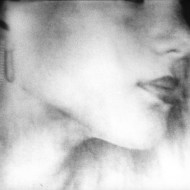
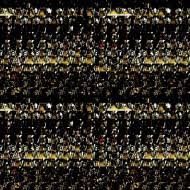
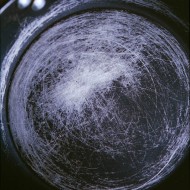
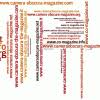
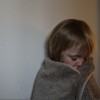





























You can also subscribe to this post comments RSS feed.